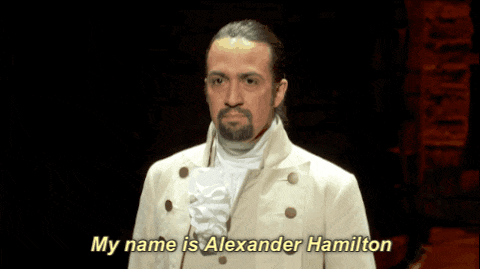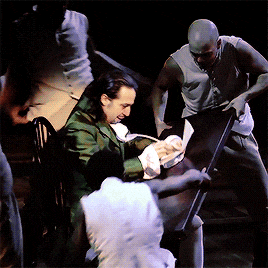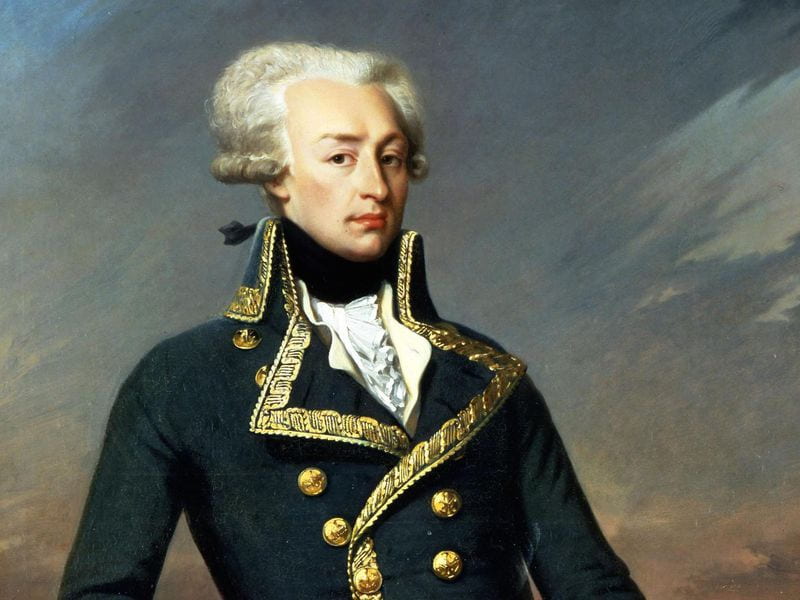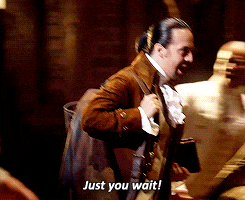by Noah Hammond
In the musical “Hamilton” Miranda takes many creative liberties with the accuracy of the historical events that happen in the events of the musical. The songs that are performed throughout the play are hip-hop or rap songs that would usually have no connection to Alexander Hamilton and his life. Miranda chose to use the life of Alexander Hamilton to represent the life of someone coming to America, starting from the bottom, and trying to make their way in the world. Hamilton had to prove himself with only his wits and ambition. A lot of minorities in America have a similar experience where they have to rely on only themselves since they won’t get any extra or free help from the world.

The creative liberties in the musical also highlight how history can be applied to modern times. If we look at Hamilton, we see that he is incredibly intelligent and ambitious, but he has to work much harder since he came to America on a ship. Today we have issues with racism and hatred for people unlike ourselves. If we look at the story of Alexander Hamilton, we can see some parallels to our own modern time. I believe that this was what Miranda was going for when he decided to make a musical about Alexander Hamilton that included creative liberties with history and modern music genres.
Another big reason that he decided to take some creative liberties was that it makes the musical more interesting to watch. Maybe it’s just me, but I feel like the musical would be a whole lot more boring if it were perfectly historically accurate.












